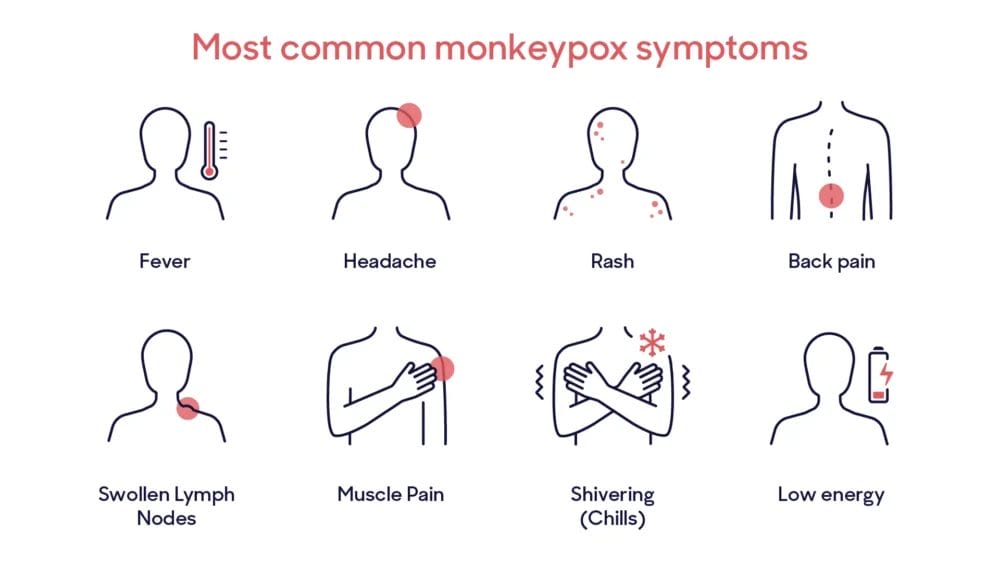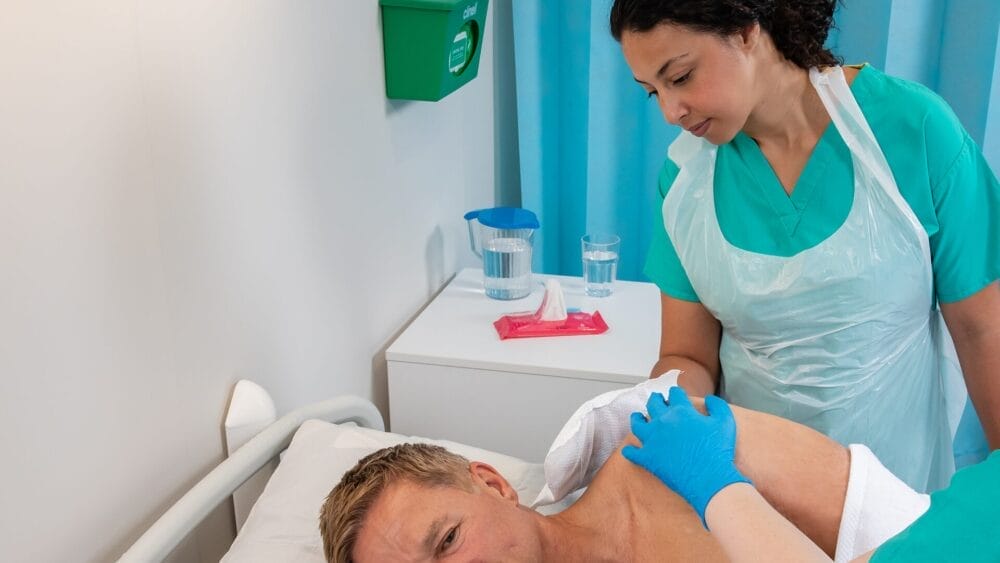Posted
26th July 2022
Research
Our Clinical Directors, Karen Wares and Yvonne Carter, discuss why monkeypox has been declared a public health emergency of international concern (PHEIC).
On the 23rd July the World Health Organisation (WHO) Director-General Dr Tedros Adhanom Ghebreyesus, declared a PHEIC status for monkeypox.
Even though the International Health Regulations (2005) (IHR) Emergency Committee did not reach a consensus regarding their advice on determination of a PHEIC for this event, the Director-General expressed concern about the number of cases, in an increasing number of countries, that have been reported to WHO and highlighted the challenges presented due to the complexity of transmission patterns in different regions. He additionally stressed his awareness that determination of a PHEIC involves the consideration of multiple factors, with the goal of protecting public health.[1]
What is a PHEIC?
A PHEIC, which is not the same as a pandemic, is defined in the IHR (2005) as, “an extraordinary event which is determined to constitute a public health risk to other states through the international spread of disease and to potentially require a coordinated international response”. This definition implies a situation that is:
- Serious, sudden, unusual or unexpected.
- Carries implications for public health beyond the affected state’s national border.
- May require immediate international action.[2]
To date there have been six other PHEIC events declared: the 2009 H1N1 influenza pandemic, the Ebola, West African outbreak in 2013–2015, the outbreak in Democratic Republic of Congo in 2018–2020, ongoing poliomyelitis occurrences (2014 to present), Zika cases since 2016 and COVID-19 (2020 to present).
Why have WHO chosen to declare monkeypox a PHEIC?
Under the International Health Regulations they consider five elements in deciding whether an outbreak constitutes a PHEIC.
- First, the information provided by countries – which in this case shows that this virus has spread rapidly to many countries that have not seen it before.
- Second, the three criteria for declaring a public health emergency of international concern, which have been met.
- Third, the advice of the Emergency Committee, which has not reached consensus.
- Fourth, scientific principles, evidence and other relevant information – which are currently insufficient and leave us with many unknowns.
- And fifth, the risk to human health, international spread, and the potential for interference with international traffic.[1]
RELATED ARTICLE: Can Clinell products kill monkeypox virus?
What’s the latest global epidemiologic situation?
A month ago, 3,040 cases of monkeypox from 47 countries had been reported to WHO. The latest update (20th July) from WHO, reported more than 16,000 cases from 75 countries and territories and five deaths, which are all in Africa.
Currently, transmission is occurring in many countries that had not previously reported cases of monkeypox. The highest numbers of cases are currently reported from countries in the WHO European region and the region of the Americas.[1]
What is the latest situation in the United Kingdom?
The latest update (20th July), from the UK Health and Safety Agency (UKHSA), stated that in total there were 2,162 laboratory confirmed cases in the UK. Of the confirmed cases, 54 were in Scotland, 14 in Northern Ireland, 24 in Wales and 2,070 were in England.[3]
What do we need to recognise about monkeypox?
Monkeypox is a viral infection caused by an enveloped virus which belongs to the Orthopoxvirus genus in the family Poxviridae, of which the signs and symptoms have been consistent.[4] However, the UKHSA symptom list has been expanded to include a single lesion or lesions on the genitals, anus and surrounding area, lesions in the mouth, and symptoms of proctitis (anal or rectal pain or bleeding), especially if the individual has had a new sexual partner recently.[5] This outbreak is spreading around the world rapidly, we have new modes of transmission, about which we currently understand too little about. This has sparked a lot of debate particularly around personal protective equipment (PPE) use and transmissibility, similar to the ongoing discussions surrounding SARS-CoV-2.

Who is at the greatest risk?
Epidemiological data suggests that certain communities are more at risk than others, particularly among men who have sex with men and especially those with multiple sexual partners. This has led to stigmatisation, particularly in the LGBTQI+ communities, also recognising that in some global area’s homosexuality is criminalised making disease level ascertainment and prevention measures even harder, and novel approaches are required. We must think back to measures developed during previous challenges, such as HIV and should recognise that the community currently most affected outside Africa is the same initially reported to be affected in the early stages of HIV/AIDS pandemic.[1]
We must now consider monkeypox as a global threat and ensure in all planning, including vaccine provision and administration, that not only countries in Europe and America who have already started purchasing vaccines, but also low resource limited countries, such as Africa, are included.
This PHEIC monkeypox declaration should catalyse timely evidence-based action, result in increased international funding and support, and help to limit the public health and societal impacts of emerging and re-emerging disease risks.
If you’d like to know more about the efficacy of our Clinell product range, please don’t hesitate to contact us via our contact form. Help increase awareness of the monkeypox virus by sharing this article on social media.
[1] WHO Director-General’s statement at the press conference following IHR Emergency Committee regarding the multi-country outbreak of monkeypox – 23 July 2022 https://www.who.int/director-general/speeches/detail/who-director-general-s-statement-on-the-press-conference-following-IHR-emergency-committee-regarding-the-multi–country-outbreak-of-monkeypox–23-july-2022
[2] Emergencies: International health regulations and emergency committees https://www.who.int/news-room/questions-and-answers/item/emergencies-international-health-regulations-and-emergency-committees
[3] UKHSA Latest updates on cases of monkeypox identified by the UK Health Security Agency (UKHSA): https://www.gov.uk/government/news/monkeypox-cases-confirmed-in-england-latest-updates
[4] WHO factsheet monkeypox: https://www.who.int/news-room/fact-sheets/detail/monkeypox
[5] UK Health Security Agency Monkeypox case definition updated to include new symptoms: https://www.gov.uk/government/news/monkeypox-case-definition-updated-to-include-new-symptoms
SHARE THIS ARTICLE
Tags
Latest News
Embracing sustainability and cost savings: The journey of Clinell Indicator Notes to paper-based solutions
At GAMA Healthcare, we’ve always prided ourselves on being at…
Introducing HEXI HUB: A seamless transition in our product line
We’re pleased to announce an update to our product offering…
Innovative solutions for tackling Carbapenemase-producing Enterobacteriaceae (CPE) at King’s College Hospitals
King’s College Hospital NHS Foundation Trust, one of London’s largest…
Gloves Off: reducing unnecessary plastic waste during environmental cleaning and disinfection
In this blog, Dr Phil Norville discusses the momentum-gaining ‘Gloves…






